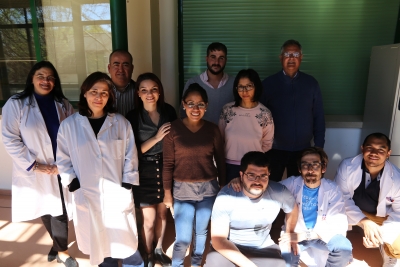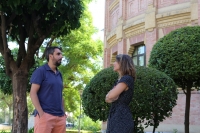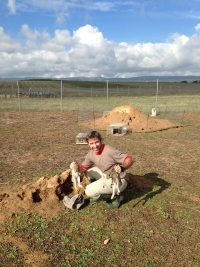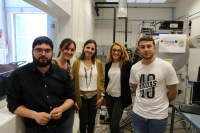A University of Cordoba study proves the lack of environmental commitment in car advertising and proposes a code of good practice for companies and their creative teams
CARAVAN | Docile camels that are eager to learn: the key to increasing their productivity
Escrito por UCC+IThe C.A.R.A.V.A.N. project studies how to select the best camels to bolster the value chain of the sector in North Africa
Algae and bacteria team up to increase hydrogen production
Escrito por UCC+iA University of Cordoba research group combined algae and bacteria in order to produce biohydrogen, fuel of the future
LIFE FOREST C02 | Forest management as a way to fight climate change
Escrito por UCC+iThe LIFE FOREST CO2 project studies how forestry bolsters the carbon sequestration capacity of reforested areas
Olive groves along motorways: the most favorable habitat for rabbits
Escrito por UCC+iThe University of Cordoba is participating in a study that supports the idea that rabbit infestations spread using the Andalusian motorway network
BIOMASSTEP | Enabling the General Public to Analyse Biomass
Escrito por UCC+IThe Biomasstep project is developing an innovative technology available to the general public that makes it possible to ascertain the quality of biomass on site







